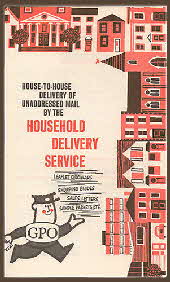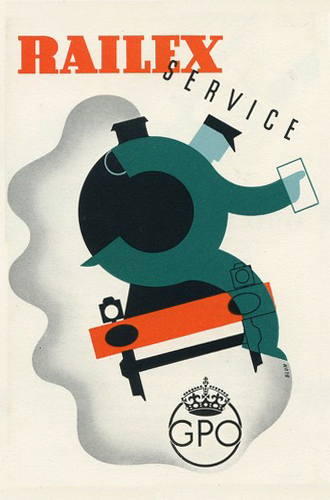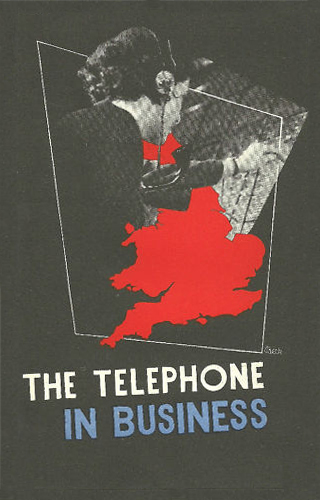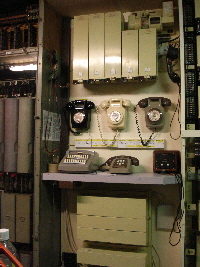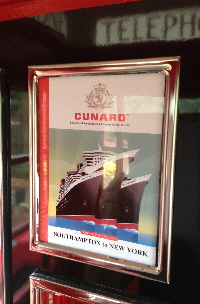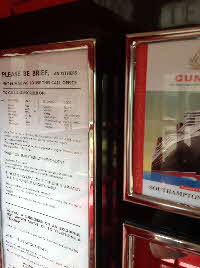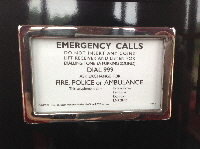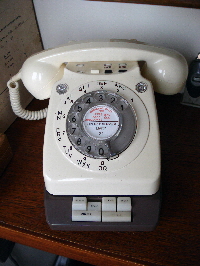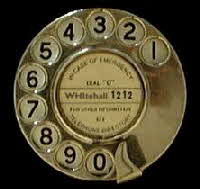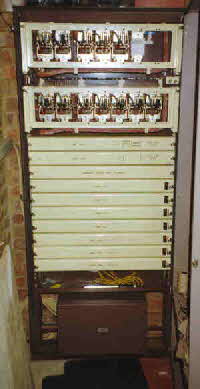The Lincolnshire Heritage Exchange
The K6 Public Call Office
The red phone box that is rapidly disappearing from our towns and in villages most no longer have telephones in them..
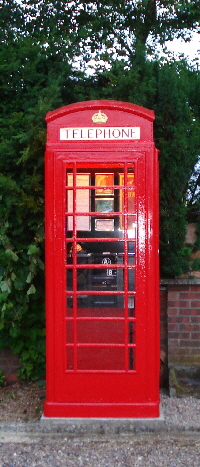 The K6, short for Kiosk No. 6, has been a feature in many of our lives, though to the younger people having to go down the road or to the street corner to make a phone call must seem archaic, however, they are still standing on street corners few for making phone calls. For many of us a the telephone was a luxury and kiosks were the only way of making a telephone call. Most people who had a telephone in rural Lincolnshire were business subscribers rather than private subscribers.
The K6, short for Kiosk No. 6, has been a feature in many of our lives, though to the younger people having to go down the road or to the street corner to make a phone call must seem archaic, however, they are still standing on street corners few for making phone calls. For many of us a the telephone was a luxury and kiosks were the only way of making a telephone call. Most people who had a telephone in rural Lincolnshire were business subscribers rather than private subscribers.
I really do remember using the K6 with the jubilee interiors, their push button A mechanisms and distinctly I recall old pennies, sixpences and one schilling coins . The last coin box of this type I remember seeing was located at Anderby Creek, It must have been at least the early 70’s when rural Lincolnshire modernised.
My K6 came to me sparkling like a new pin in 2008, a present from me, to me for my 50 birthday (some of my family did chip in), inside, a reproduction jubilee interior, all sparkling and clean. I am very lucky that the site I choose was already well grown, which makes it look right at home. I had spent some time before the arrival digging a trench for the cables and laying a cement base, which at the time was perfectly level, so why does it now tilt backwards? I cemented the base and when all was set I wired the BCC 14 (Box Coin Collection), a bell set 33 and the telephone together so that the mechanism would work as it did, including a dial that would allow you to dial 9 and 0 but no other digit until you have inserted your 4d (four pre-decmel pennies).
The kiosk is wired up so that I can use it in several ways, it gets a little complicated but I have basically wired the line to run through a succession of apparatus and I will try and explain it as best I can. The exchange line that feeds the kiosk comes from the Winceby UAX13 rack and terminates on a manual switchboard. The kiosk is connected to extension 20, going firstly to a Bell set No. 20 wired as a Plan 5A, the kiosk being the extension from the bell set. This gives me a degree of flexibility as far as exchange lines are concerned, normally it is permanently jacked straight through to the U13 exchange line, but it can just as easily be jacked to a manual or auto extension of my BT Kinsman.
The call box operation was quite simple local calls could be dialed yourself and trunk calls went through the operator, there being no STD facilities on these call boxes.
Local Calls: The caller had to be able to dial local calls, but unable to speak until the fee of 4d (pre decimal) had been paid.
When the receiver is lifted the dial is already shorted out by contacts in the coin box mechanism and by the additional dial impulse springs so it is not possible to dial. When the caller inserts the four old pennies into the coin slots the balance arm removes the short on the dial whilst shorting out the transmitter, so it is now possible to dial but not possible for the called party to hear the caller. When the call is answered by the called party the caller pushes button A and the coins drop into the cash box, this reconnects the transmitter and shorts out the dial, the caller can now talk to the called party for an unlimited period of time. If the call is unsuccessful button B is pressed to return the fee. 
Trunk Calls: The caller had to be able to call and speak to the operator before inserting the correct fee for 3 minutes.
As previously stated the dial is already shorted out, but the additional dial spring allows the digits 9 and 0 to be dialed so the operator can be called using the code 0 or 00, as no coins have been inserted yet the transmitter is still in circuit so the operator can hear the caller. The operator asks the caller to insert the fee, the first coin activates the coin bar and the handset transmitter is taken out of circuit and a transducer in the mechanism connected, this allows the operator to hear each coin that drops into the mechanism. Pennies hit a spring gong, sixpences and shillings hit a bell, the shilling giving a double beat and so the operator is able to ascertain if the correct fee has been inserted. Once the operator is satisfied that you have entered the correct fee, she will connect the call on answer the caller presses button €’A’, at which point the caller is able to talk to the called party. Calls were being charged in three minute periods and the operator would ask the caller to insert further coins. If the call is unsuccessful button B is pressed to return the fee.
Emergency Calls: The caller had to be able to dial the emergency number and be able to speak to the operator without incurring a fee.
In early years the emergency services would have reached by dialing 0 or 00 for the operator, but with the introduction of 999 in 1937 auto exchanges gradually moved over to 999 dialing. For either method the procedure was the same. As stated for trunk calls the dial is already shorted out, but the additional dial spring allows the digits 9 and 0 to be dialed so the emergency operator can be called using the code 999, as no coins have been inserted the transmitter is still in circuit so the operator can hear the caller and the caller can hear the operator.
I had great fun looking for and making period style posters for the inside of the kiosk, and I have displayed a few down the left side of this page. One that I crated from a book cover and another from a Cunnard broacher for the QM2, these I have included on the right of this text, a modern day twist. Also had fun reproducing my own kiosk information panel (Please be Brief), this tells you how to make a call, local codes and other bits of information.
The most important thing to get right apart from the interior was the lighting, I had the option of running a 48v supply from the exchange to use a 48v pearl bulb or a 240v supply, I settled for the later thinking of energy costs. The first bulb I had in was an energy saving bulb, I hated it as the light was all wrong, then I went for a pearl light bulb, but they only lasted a couple of months (modern rubbish, they lasted years when I was a kid). Finally I found an energy saving bulb that looks like a pearl bulb and better still gives off light that is very close to an old style bulb, I was happy and as I look out of the window from where I am typing this, I see a warm friendly glow.
Hope you have enjoyed reading this, more to come on the pay phones, I cannot wait to tell you about the pips and the relay sets that make it happen.
Shaun
P.S. The one thing I have not reproduced is the smell of a kiosk.
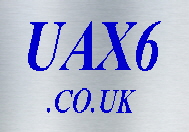


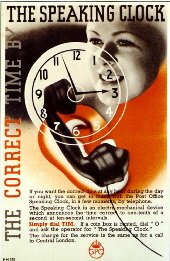
![Ph0636[1] Ph0636[1]](../assets/images/autogen/a_Ph0636_1_.jpg)
